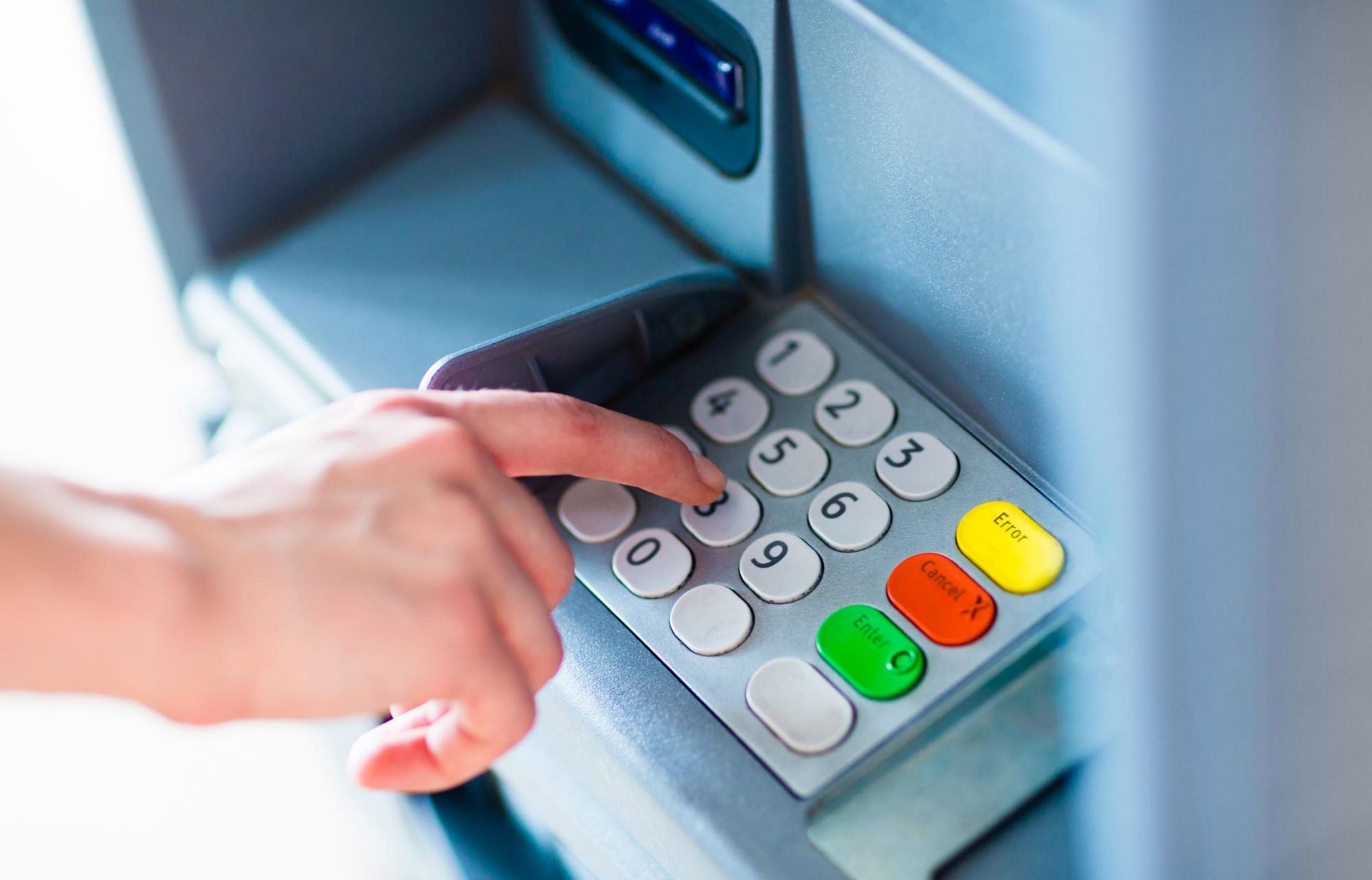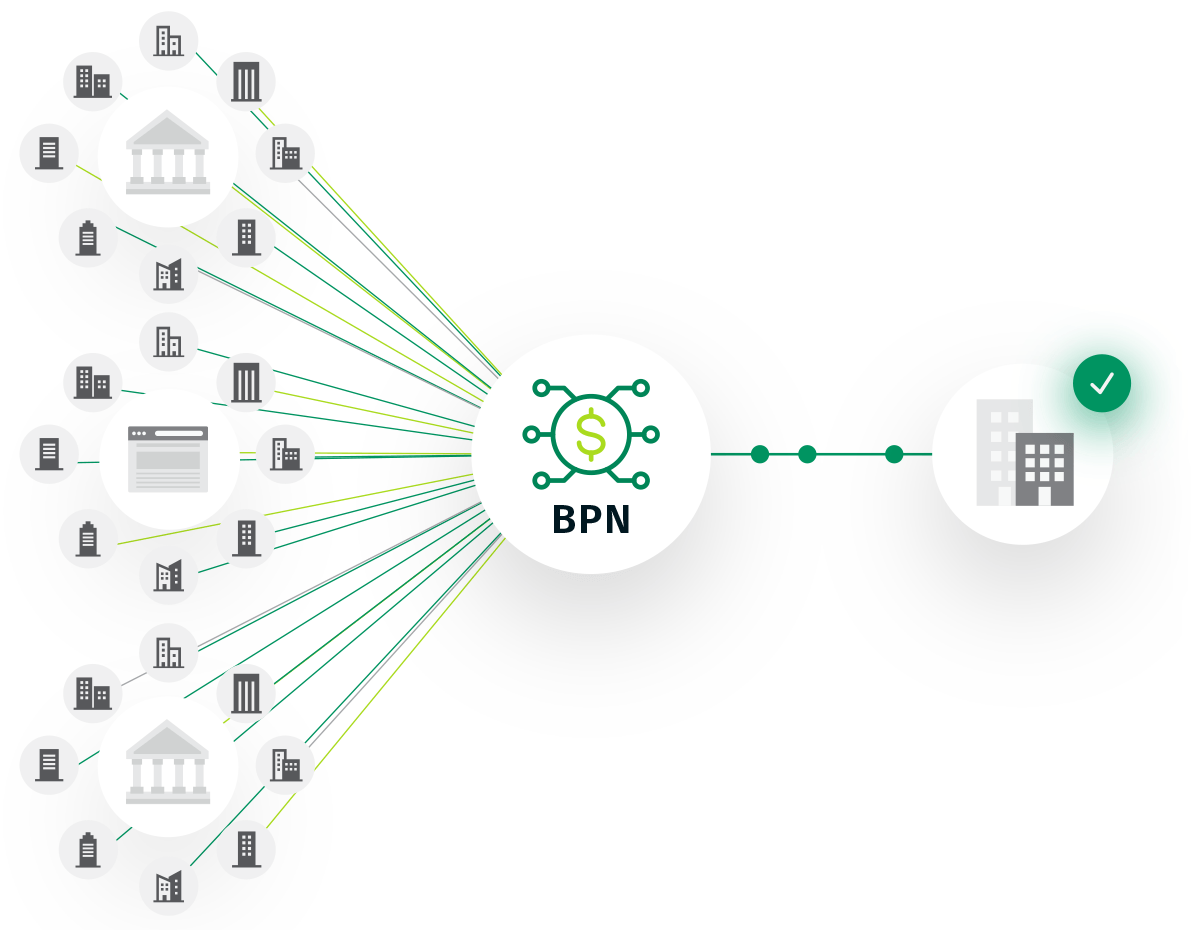B2B Payment Insights from ATM interoperability
Blog | April 12, 2021
Reading time: 4 minBy Mitchell Rose, Senior Vice President & General Manager, Corporate Segment, Billtrust. Originally published in Q1 2021 Perspectives by CRF, the official publication of Credit Research Foundation.



